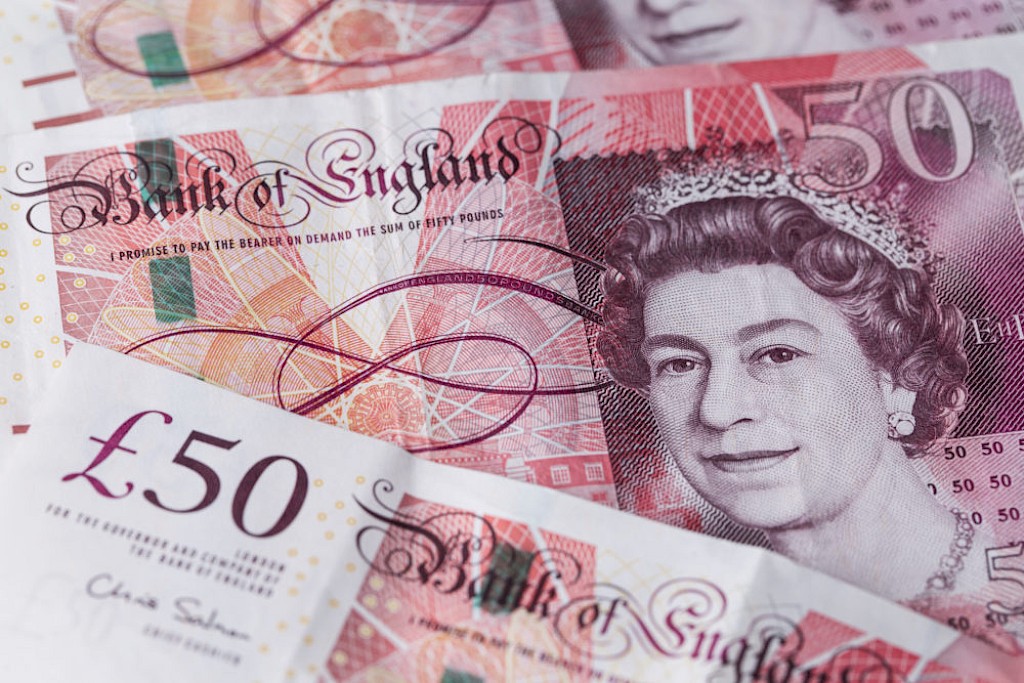The Chancellor of the Exchequer Rishi Sunak finally announced today the financial support that will be available to people who work for themselves. Here are the main points we can take away from the Self-Employed Income Support Scheme:
Updated 27 March 2020
Last week rate-paying businesses were told they would benefit from a £10,000 or £25,000 grant. They say a week is a long time in politics but in the current climate this last week has seemed like a year as we’ve been waiting to hear how the government intended to help the self-employed.
In line with the Coronavirus Job Retention Scheme Mr Sunak has promised to help the self-employed with a grant equivalent to 80% of average monthly profits capped at a maximum of £2,500. Calculation of average profits will be based on up to three years of self-assessment history. If you only have one to two year’s history, those are the figures that will be used.
You can apply for the Self Employment Income Support Scheme if you:
- have submitted your Income Tax Self Assessment tax return for the tax year 2018-19*;
- traded in the tax year 2019-20;
- are trading when you apply, or would be except for COVID-19;
- intend to continue to trade in the tax year 2020-21; and
- have lost trading/partnership trading profits due to COVID-19.
Those with trading profits above £50,000 will not be eligible for the scheme. That means those that declared profits above £50,000 in 2018-19 or averaged above £50,000 for the last 3 years.
Those who have part-time jobs will be free to apply as long as the majority of their income is made up from self-employment income.
This announcement, although a little late, is very welcome for the self-employed. However there are a few issues that could prove problematic:
- There is no method of application for the scheme yet. HMRC is expected to contact qualifying individuals directly. HMRC, already undermanned, is overstretched as they try to implement the Job Retention Scheme on top of all their other work.
- Payments will be made by HMRC in a lump sum but are not expected until early June. These will be backdated to 1 March. That doesn’t really help those who’ve lost their source of income now. It would appear that the Government hope that those in financial difficulty will rely on the Business Interruption Loan Scheme until then.
It would also appear that the ‘self-employed’ will be identified by the strict terminology. That means those who submit a tax return to declare profits from their sole-trade business or partnership.
Those who consider themselves self-employed but operate through their own company are, by the letter of the law, employees and therefore are not eligible for the scheme. It is hoped they will find support through the Job Retention Scheme. Until, that scheme becomes operational, it’s hard to know if indeed company directors will qualify.
Those who have recently become self-employed (anytime since 6 April 2019) will also lose out because they have no record on which to base any grant assessment.
One very ominous part of the chancellor’s announcement was that he intends to bring the self-employment and employment taxes into line. Once the country finally sees the back of this outbreak, the new challenge will be footing the bill.
*Those who have yet to file their 2018-19 self assessment tax return have been given a 4 week grace period up to 23 April in which to bring their affairs up to date.
